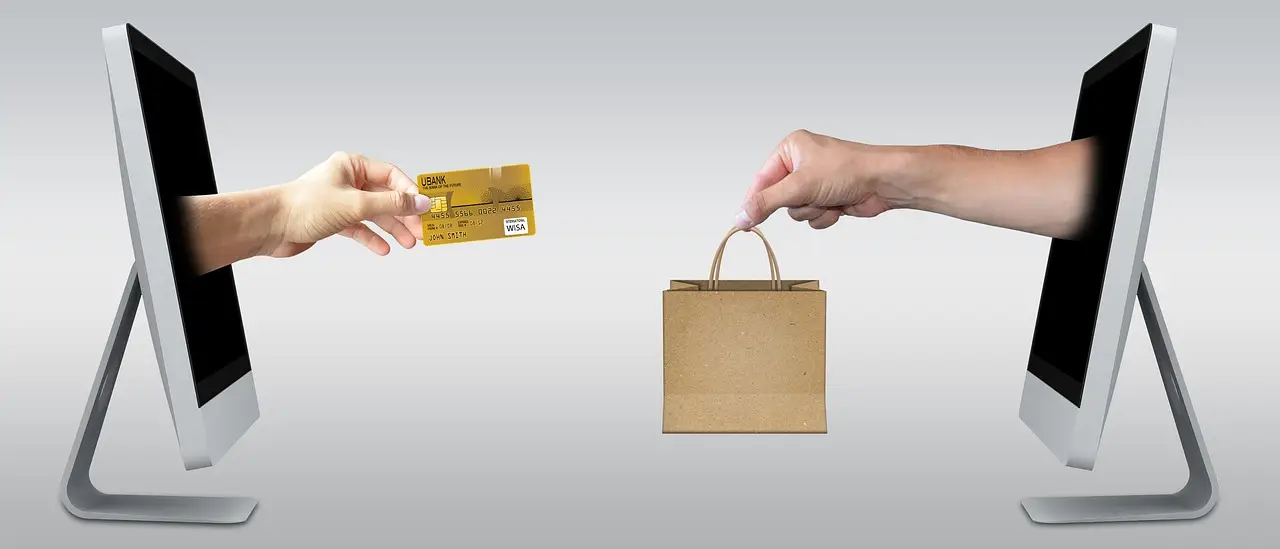What Role Does Technology Play in Shaping the Future of Retail and Shopping?
I. Introduction
Retail and shopping represent pivotal aspects of consumer behavior and the economy, encompassing the processes of selling goods and services to consumers. As society evolves, so too does the landscape of retail and shopping, driven primarily by relentless advancements in technology. In today’s fast-paced world, technology is not merely an enhancement of the retail experience; it is a defining force shaping how we shop, the tools available for retailers, and the expectations of consumers. This article explores the transformative role of technology in redefining the future of retail and shopping.

II. Historical Perspective on Retail and Shopping
A. Evolution of Retail from Traditional to Modern
The journey of retail can be traced back thousands of years, beginning with open-air markets where barter was prevalent. However, over the centuries, retail has undergone significant changes. The Industrial Revolution brought about mass production and, consequently, the rise of department stores in the late 19th century, reshaping the shopping landscape. These stores became a one-stop shop for consumers, promoting convenience and variety.
B. Impact of Early Technology
The introduction of the cash register in the late 19th century was one of the earliest technological advancements in retail, allowing for more efficient transactions and accurate record-keeping. The invention of barcode scanners in the 1970s further streamlined the sales process, facilitating faster checkouts and inventory management. These early technological interventions set the stage for the dramatic shifts that would later occur with the advent of the internet.
C. Transition from Physical Stores to Online Shopping
The late 1990s marked a revolutionary shift as the internet became mainstream, leading to the rise of online shopping. E-commerce platforms allowed consumers to browse and purchase products from the comfort of their homes. This transition provided unprecedented access to global markets, transforming retail and shopping behaviors, and establishing a new era of convenience for consumers.

III. Current Technological Trends in Retail and Shopping
A. E-commerce and Online Marketplaces
1. Statistics on E-commerce Growth
In recent years, e-commerce has experienced explosive growth. According to data from eMarketer, global e-commerce sales reached over $4.2 trillion in 2020 and are projected to surpass $6.5 trillion by 2023. This substantial growth points to a significant shift in consumer preferences towards online shopping, driven by convenience, variety, and often better pricing.
2. Comparison of Online vs. Brick-and-Mortar Shopping
The contrast between online and brick-and-mortar shopping has become increasingly pronounced. While physical stores offer experiential shopping and immediate access to products, online shopping excels in convenience and accessibility. Retailers are now faced with the challenge of integrating these two experiences to cater to consumer preferences effectively.
B. Mobile Commerce
1. Rise of Shopping Apps
Mobile commerce, or m-commerce, has seen a significant rise due to the increased penetration of smartphones. Shopping apps allow consumers to shop anytime and anywhere, enhancing the retail and shopping experience. Apps often provide personalized shopping experiences through targeted advertisements and loyalty programs, making shopping more engaging.
2. Impact of Mobile Payment Systems
The proliferation of mobile payment systems like Apple Pay, Google Wallet, and various digital wallets has revolutionized payment processes. These systems offer greater convenience, speed, and security compared to traditional cash or card transactions, thereby facilitating seamless shopping experiences.
C. Omnichannel Retail Strategies
In response to the evolving retail landscape, many retailers have adopted omnichannel strategies that integrate various shopping channels—storefronts, websites, and mobile platforms harmoniously. This coherence allows consumers to transition seamlessly between shopping environments, sometimes checking online stock before making an in-store purchase or utilizing click-and-collect services. The emphasis on omnichannel approaches reflects the need for retailers to provide cohesive experiences that meet modern consumer expectations.
IV. Conclusion
In conclusion, technology plays a crucial role in shaping the future of retail and shopping. From historical advancements such as cash registers to the current trends of e-commerce and mobile commerce, technological innovations continually redefine how consumers interact with retail. As retailers adopt strategies that integrate online and offline elements, they ensure that they remain competitive in an increasingly digital marketplace. As we move forward, it’s clear that the intersection of technology and retail will only deepen, promising new adventures in the world of shopping.
For further insights on the intersection of technology and retail, additional resources can be found at the provided link: [source].










